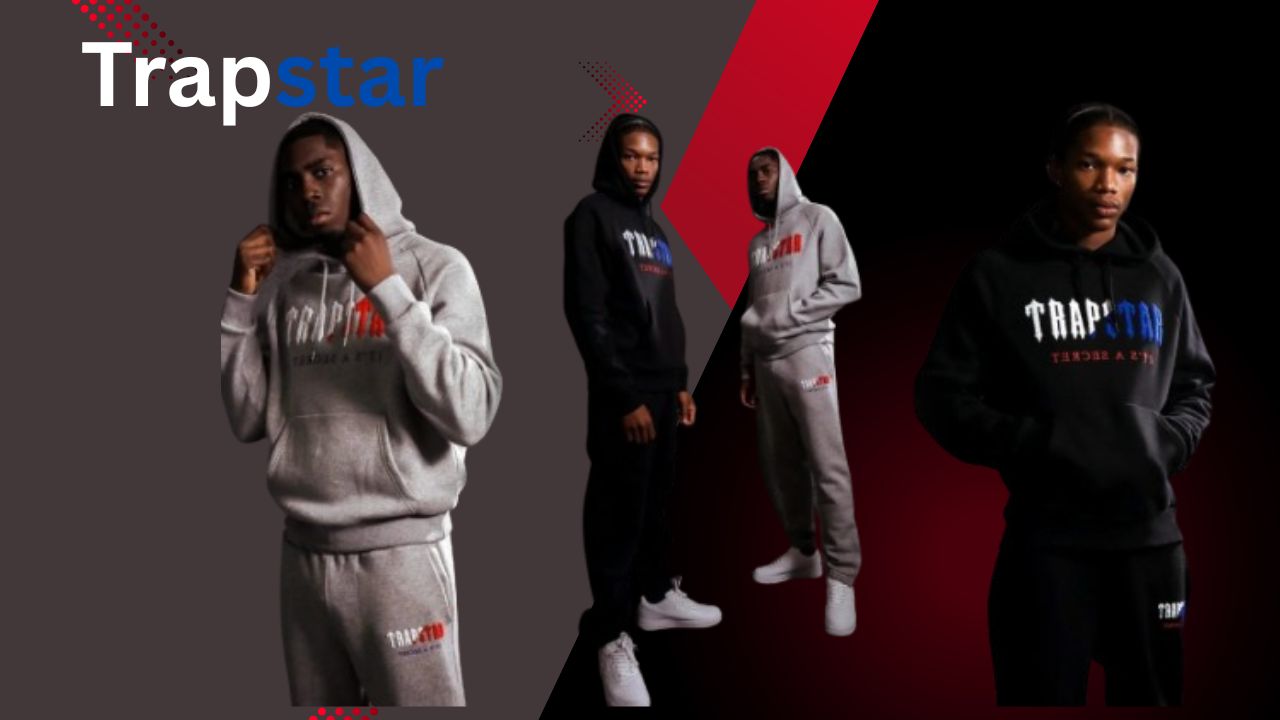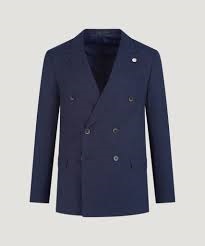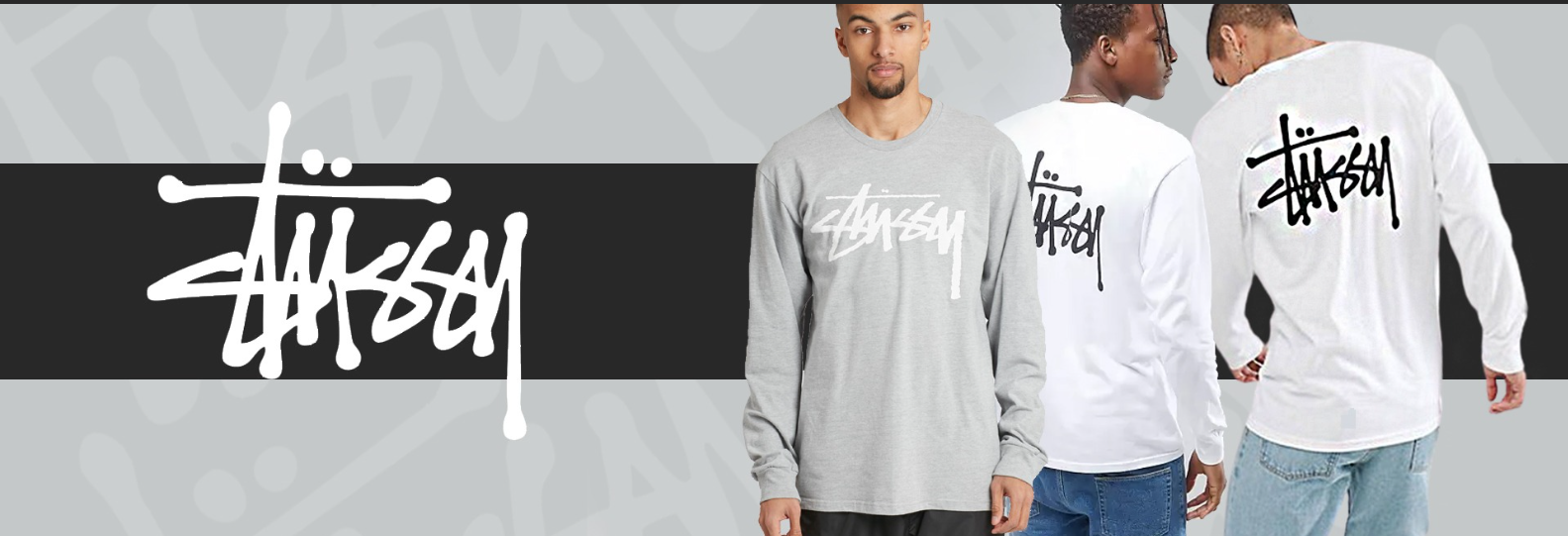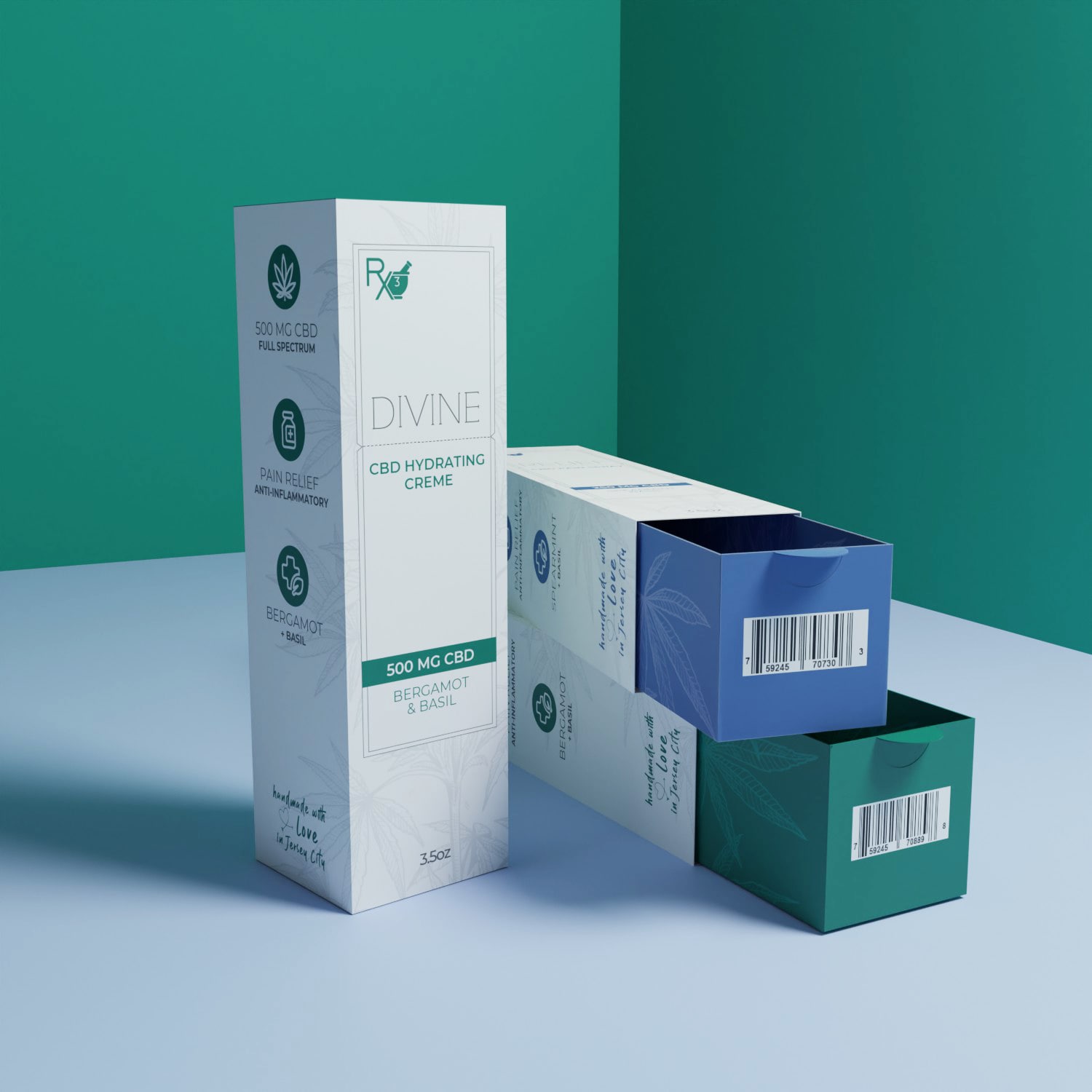The Timeless Power of the Kukri Knife
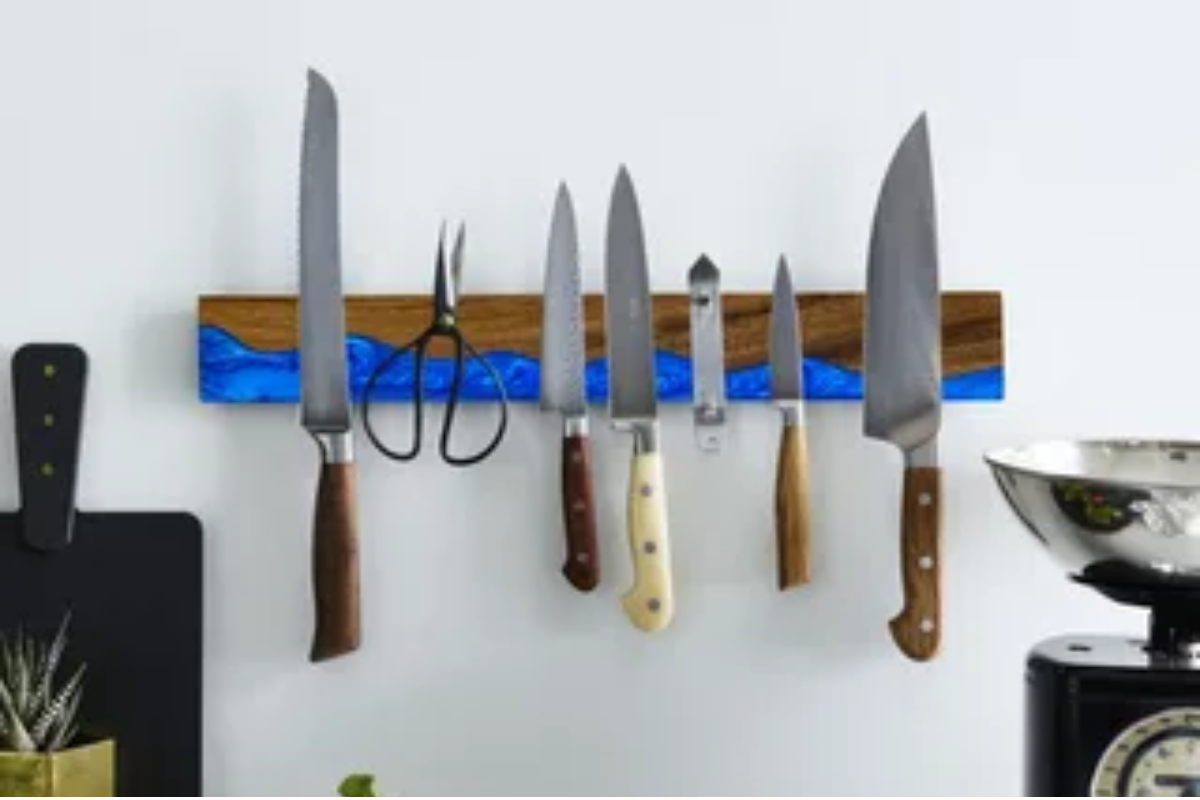
The Kukri knife is one of the most iconic and historically rich blades known around the world. With its distinctive curved blade and deep-rooted cultural significance, the Kukri knife has stood the test of time as both a tool and a weapon. Whether it's admired for its rugged design or respected for its battlefield legacy, the Kukri knife continues to capture interest in both modern and traditional settings.
What Is a Kukri Knife?
The Kukri knife is a forward-curving blade traditionally associated with the Gurkhas of Nepal. Its shape resembles a boomerang, with a wide belly that curves inward and narrows at the tip. Unlike straight-edged knives, the Kukri's unique geometry allows it to deliver powerful chopping blows while maintaining balance and control. A typical Kukri knife ranges from 10 to 15 inches in length, but some ceremonial models can be much larger.
The knife often comes with two smaller companion knives tucked in its sheath—one for sharpening and the other for utility tasks. The design of the Kukri knife has evolved over the centuries, but the essence remains the same: a blend of beauty, functionality, and lethality.
History and Cultural Significance
The Kukri knife has deep historical roots in Nepalese culture and military history. It is most famously known as the weapon of the Gurkhas, elite soldiers from Nepal who have served in the British Army, Indian Army, and other forces around the world. For the Gurkhas, the Kukri knife is more than a weapon—it’s a symbol of courage, loyalty, and honor.
Historical records suggest that the Kukri knife was used as early as the 7th century. However, it gained widespread recognition during the Anglo-Nepalese War (1814–1816), when the British were astounded by the bravery and effectiveness of the Gurkha soldiers wielding their Kukris. Since then, the Kukri knife has been integrated into various military traditions and continues to be presented to Gurkha recruits as a rite of passage.
Modern Uses of the Kukri Knife
Today, the Kukri knife has found its place not only in military contexts but also in civilian life. Its multi-purpose design makes it a valuable tool for outdoor activities such as camping, hunting, and bushcraft. Many survivalists and outdoor enthusiasts prefer the Kukri knife over traditional machetes or axes due to its chopping power and compact size.
In rural Nepal, the Kukri knife is still used daily for agricultural tasks such as cutting wood, slaughtering animals, and clearing brush. Its versatility allows it to function as both a weapon and a workhorse. Craftsmen continue to hand-forge Kukris using traditional methods, ensuring that each knife carries a piece of heritage.
Why the Kukri Knife Stands Out
One of the key reasons the Kukri knife stands out is its distinctive curved blade. This curve increases cutting efficiency and allows for deeper penetration with less effort. The knife’s balance point is typically closer to the blade, making it easier to wield with control and precision. This design also minimizes fatigue during extended use.
Unlike straight blades, the Kukri knife is ideal for powerful slashing and chopping motions. It combines the functionality of a hatchet with the precision of a knife. The curved edge slices through materials instead of merely pushing against them, which is particularly useful in survival or combat situations.
Choosing the Right Kukri Knife
When purchasing a Kukri knife, it’s essential to consider your intended use. Traditional Kukris made in Nepal are often heavier and feature a full tang, which makes them more suitable for rugged tasks. Modern Kukris may use different materials and offer lighter designs for better portability.
Blade quality is a crucial factor. High-carbon steel is commonly used for authentic Kukri knives, offering excellent edge retention and durability. Handle materials can vary from wood and horn to synthetic polymers, depending on the model and manufacturer.
A good Kukri knife should also come with a sturdy sheath, traditionally made of wood and covered with leather. This protects both the blade and the user while offering convenient storage and transport.
Caring for Your Kukri Knife
Proper maintenance ensures that your Kukri knife remains in peak condition for years to come. After each use, clean the blade thoroughly to remove any moisture, sap, or dirt. Apply a light coat of oil to prevent rust, especially if the knife is made from high-carbon steel.
Sharpening a Kukri knife can be slightly different due to its curved blade. It’s advisable to use a sharpening stone and follow the original edge angle. Regular honing helps maintain sharpness, and occasional deep sharpening can restore a dulled edge.
Store the Kukri knife in a dry place, preferably in its sheath, but ensure that the interior is also dry to avoid moisture buildup. If the handle is made of natural materials like horn or wood, treat it periodically with oil or conditioner to prevent cracking.
The Kukri Knife in Popular Culture
The Kukri knife has made its way into movies, games, and literature, often portrayed as a weapon of fierce warriors. Its association with the Gurkhas has cemented its image as a symbol of bravery and martial skill. Whether in survival documentaries or action films, the Kukri knife continues to fascinate viewers with its unique appearance and historical weight.
Collectors also hold the Kukri knife in high regard, especially those interested in military memorabilia or exotic blades. Antique Kukris, especially those with historical provenance, are highly sought after and can fetch significant prices in specialized markets.
Conclusion: A Blade Like No Other
The Kukri knife is far more than a simple cutting tool. It represents a fusion of culture, history, and craftsmanship that few other blades can match. From the battlefields of the past to the forests of today, the Kukri knife remains an enduring symbol of strength and utility.
Its curved blade design, historical significance, and unmatched versatility make it a must-have for anyone interested in blades, survival gear, or military history. Whether you’re a collector, a camper, or someone who appreciates fine craftsmanship, the Kukri knife is a blade worth owning.
Note: IndiBlogHub features both user-submitted and editorial content. We do not verify third-party contributions. Read our Disclaimer and Privacy Policyfor details.



